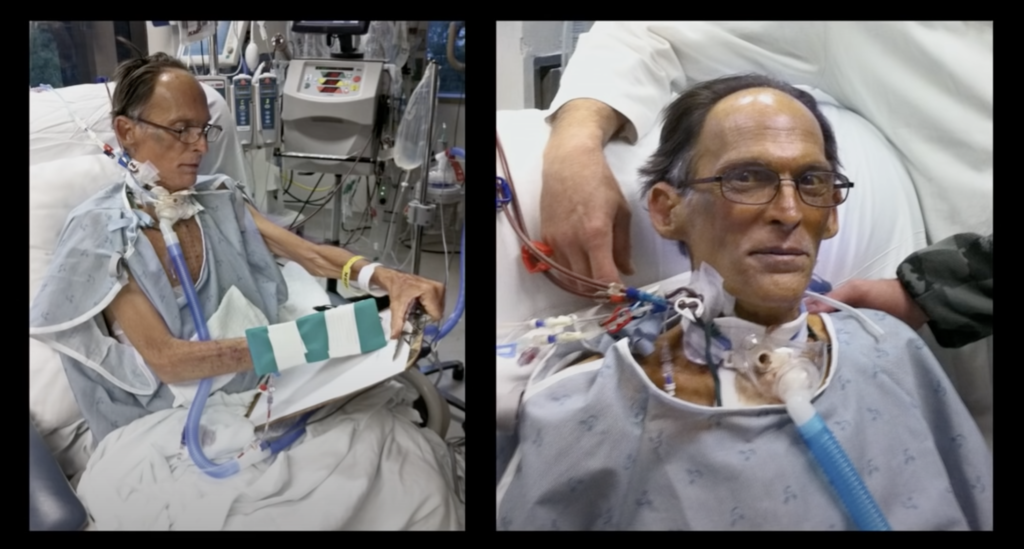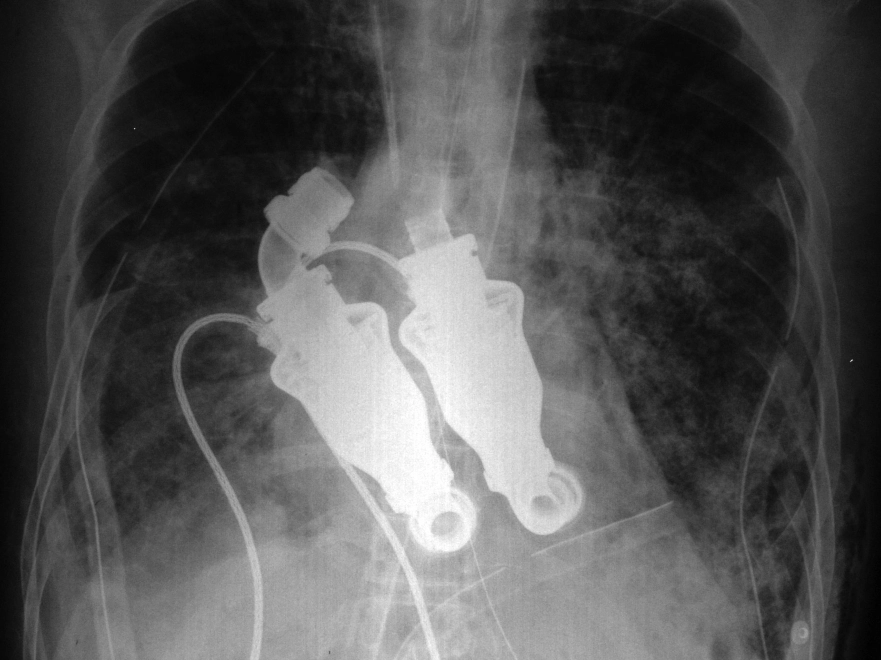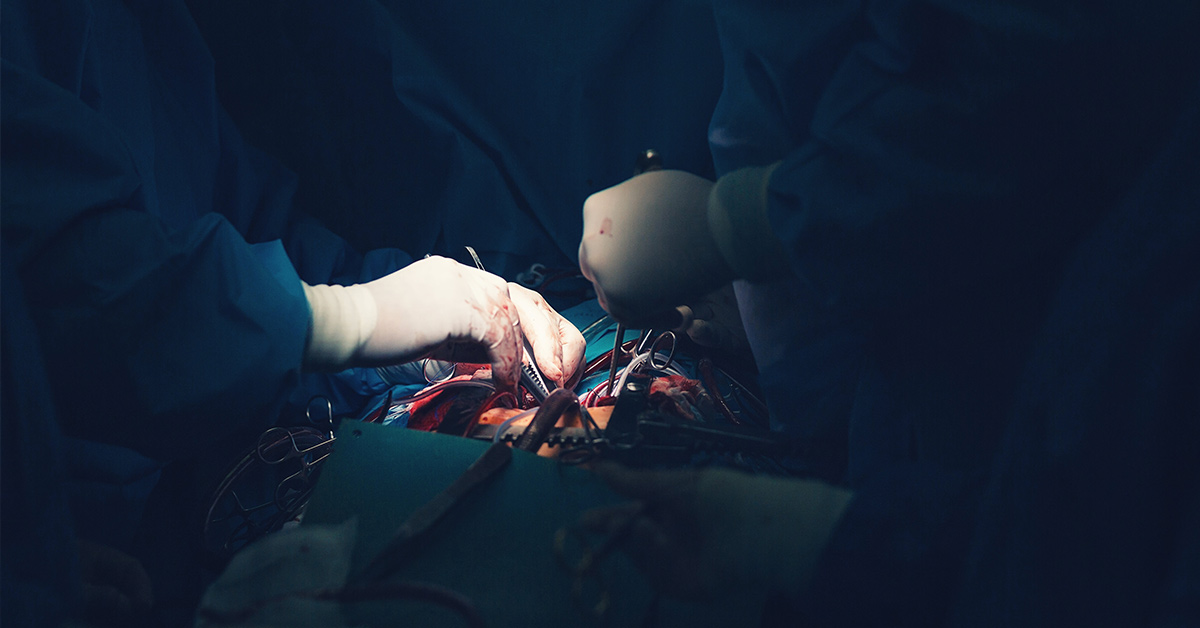For years, scientists and doctors have been trying to create pumping, mechanical hearts. What if the answer, however, is not a machine that pumps at all? What if the answer is a mechanical heart that gives no pulse? This is exactly what these two Texas Heart Institute doctors asked themselves.
The Mechanical Heart That Produces No Pulse
55-year-old Craig Lewis was dying of a disease called Amyloidosis. This disease causes a build-up of abnormal proteins that clog organs so much that they eventually stop working. His heart had become so badly damaged that his doctor gave him no more than 12 hours to live. Craig, however, did not want to die. His wife Linda was also not ready to let him go. (1)
This is when they turned to Dr. Billy Cohn and Dr. Bud Fraser from the Texas Heart Institute. The two doctors had been experimenting with a different kind of mechanical heart replacement. Their machine is different because it does not produce a pulse. (2)

The Pulseless Heart
For decades, researchers have been trying to create a mechanical pulsing heart that mimics that of a real heart. So far, they have been unsuccessful. Every attempt has resulted in hearts that break down quickly or cause clots and infections. This is when Dr. Cohn and Dr. Fraser decided to take a different approach.
Their mechanical heart did not pulse. Rather, it has two whirring motors that constantly move the blood around the body. Essentially, it is two medical implants known as ventricular assist devices and hooked them together. This means that when placed in a living creature, human or animal, that being also has no pulse. Still, they are alive and blood is pumping through their body.
“The pulsatility of the flow is essential for the heart, because it can only get nourishment in between heartbeats,” Cohn says. “If you remove that from the system, none of the other organs seem to care much.”

They first experimented on calves. The doctors removed the heart of a brown calf named Abigail and replaced it with their mechanical whirring heart. The results were astonishing – Abigail had no pulse, and yet was the same playful young calf that she’d always been.
“If you listened to her chest with a stethoscope, you wouldn’t hear a heartbeat. If you examined her arteries, there’s no pulse. If you hooked her up to an EKG, she’d be flat-lined. By every metric we have to analyze patients, she’s not living,” Cohn says. “But here you can see she’s a vigorous, happy, playful calf licking my hand.”
Read: Dead bodies keep moving for more than a year after death, study
The First Human Trial
They tested it out on 38 calves before Craig came into the picture. He was their first human trial. The doctors completed the surgery and then, when Craig was ready, allowed Linda to come in and see her living, pulseless husband for herself.
“I listened and it was a hum, which was amazing,” Linda Lewis says. “He didn’t have a pulse.”
Rather than live for only 12 hours, Craig’s new heart gave an extra month of life and time with his loved ones. Unfortunately, eventually, the proteins built up too much in his liver and kidneys and he passed away. The doctors say, however, that the heart was still working perfectly. Linda says she is forever grateful for the extra time that the mechanical heart gave her with her husband. She hopes that with Craig’s successful trial, they will be able to help others in the future.
Changing Mindsets
The biggest challenge, the doctors say, is convincing people that they don’t need a pulse in order to live. After all, every living being that we know of has a pulse – mammals, reptiles, amphibians, and more. The doctors believe, however, that just because something functions one way in nature doesn’t mean that’s the best way in a machine.
“When man first tried to come up with machines that flew, he looked around and saw bats and birds and butterflies and mosquitoes. Everything had wings that flapped,” Cohn explained. “When they saw that you could create wind, and that wind over a fixed wing was a great way to provide lift, then the whole field shifted. There are very few flying machines in modern times that have flapping wings. And I think this is the same intellectual leap in pumping blood or pumping fluids.”
The best part about these hearts is that they don’t wear out. To date, they had not run one to failure. The difficulty for most people is the loss of that gentle, rhythmic sound of a heartbeat that we are all familiar with. If we can get past that, then these doctors may have just provided us with a solution to troubled hearts around the world.
Keep Reading: College Dropout Invented a Surgery To Cure Himself After Being Bedridden For 11 Years
Sources
- “Heart With No Beat Offers Hope Of New Lease On Life.”NPR. Carrie Feibel. June 13, 2011.
- “Meet the world’s first HEARTLESS man who is able to live without a pulse.” Daily Mail. February 6, 2012.

